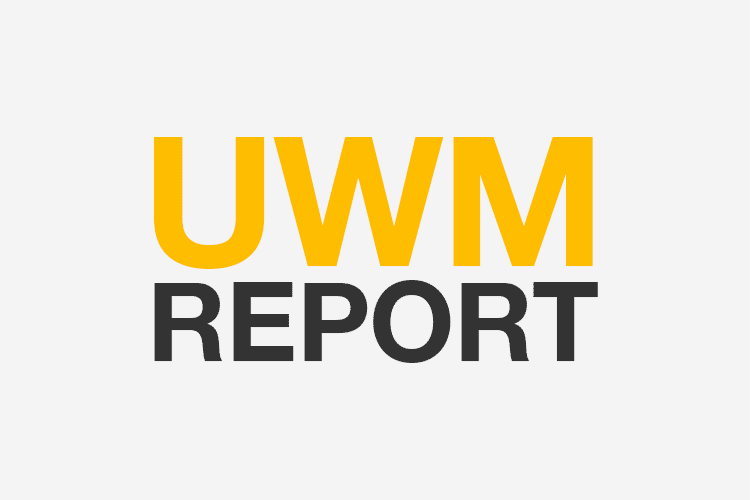Another clutch play, another first down, and your team is on a roll. The fans go wild! Gonna win this game for sure…
Not so fast, academics have long claimed – momentum is a fiction. Success doesn’t necessarily lead to success. But researchers at UWM have proved the fans right.
“Our model’s performance is comparable to the point spread at the start of the game and improves thereafter with little bias,” said Paul Roebber, a UWM professor of mathematical sciences who led the research team.
The scientists used machine learning and 10 years of play-by-play data from NFL regular season games to show that momentum within a game is real and that it improves a team’s chances of winning.
Training a neural network
Roebber’s team trained a neural network – where the algorithms perform like the connections of neurons in the human brain – to predict a team’s probability of winning through momentum.
The model defines momentum as an increase in a team’s “win probability” over the course of at least three changes in ball possession, based on factors such as the down, score and the team’s location on the field.
“So with this definition of momentum, it’s typically a pretty extended period of time,” Roebber said.
The project was published in June in the journal PLOS ONE.
Both positive and negative momentum
Both offense and defense contribute to win probability, Roebber said. So positive momentum by one team coexists with negative momentum by the opposing team.
To illustrate how momentum bumps up win probability incrementally, Roebber gave the following scenario:
“The home team might improve its chances of winning through an offensive possession, and then the visitors get the ball,” he said. “And perhaps the home team defense holds their opponents to a ‘3-and-out,’ which gives the home team possession of the ball in good field position. That would be considered two positive changes in possession, where the home team has improved their chances of winning on both sides of the ball.”
The researchers also found that negative momentum exists. Because their model is defined relative to the home team, negative momentum means the visiting team is effective on both offense and defense. So positive momentum by one party coexists with negative momentum by the opposing team.
A function of collective performance
Previous research trying to establish a correlation between momentum and game outcomes have looked primarily at the streaks in performance from an individual player in a game. In those instances, no associations could be found, Roebber said, because the model wasn’t describing team performance.
“When you’re talking about a team sport like football, my view is that momentum is a function of all the players,” he said. “And so, you really need to look at the collective performance of the team.”
The researchers’ model also had some success in predicting when momentum was most likely to emerge during a game, by applying a second neural network.
Two interesting aspects of the work had to do with controlling for clock management and a game’s favored team.
Toward the end of a game, the leading team wants to run out the clock because plays that burn time without giving the opponent the opportunity to advance increase their chances of winning. Likewise, the researchers also took into account the pre-game odds, after initially not including them in the data. Once incorporated, those data didn’t change the model’s results.
Roebber added that the model is designed to look at momentum in a single game, but not for multiple games across a season, a situation that would require a different machine-learning model.






